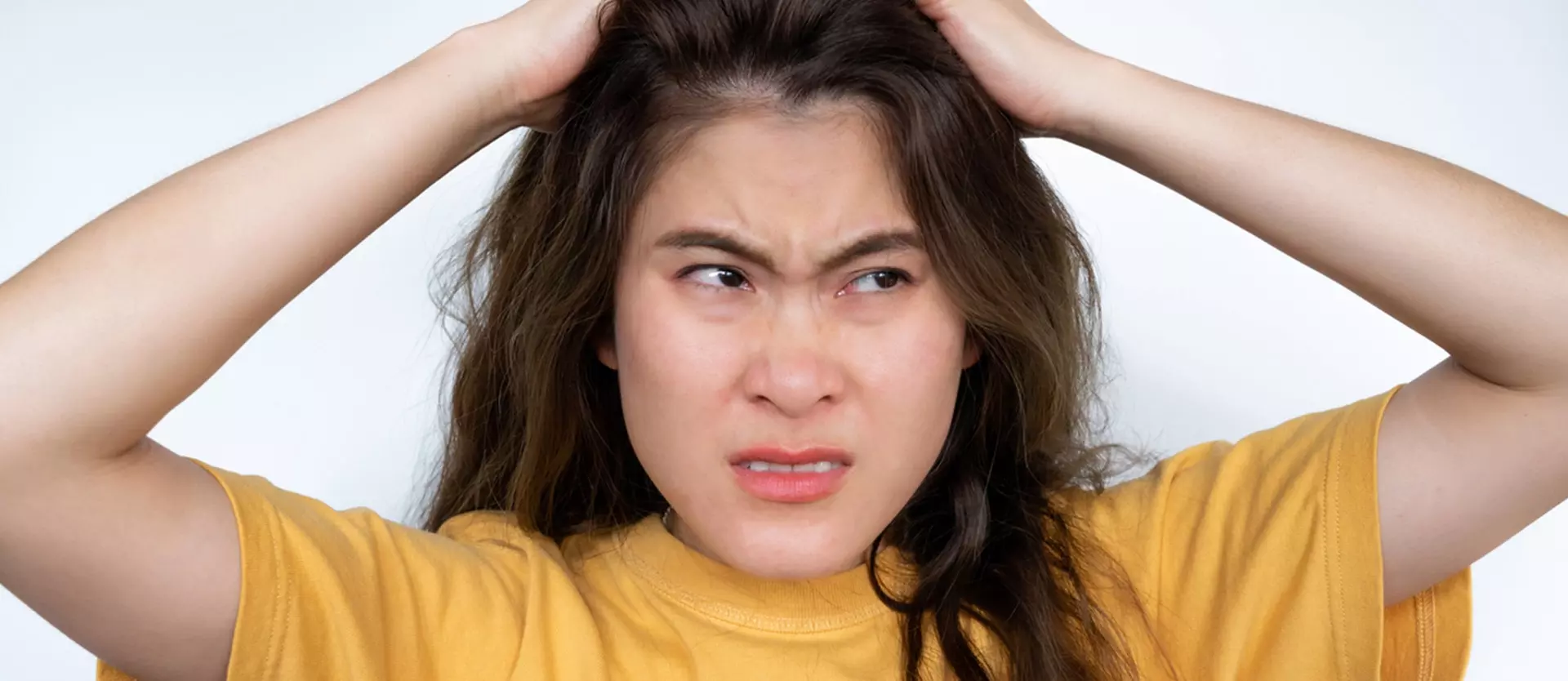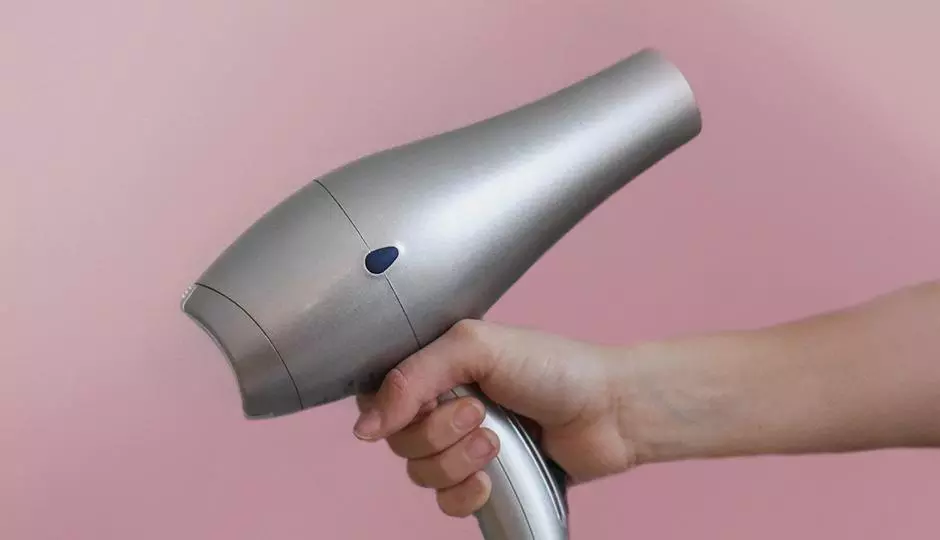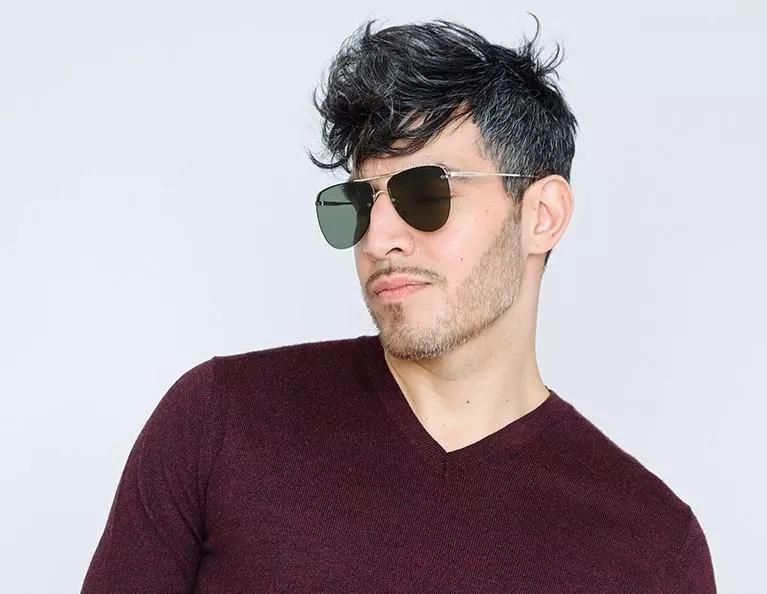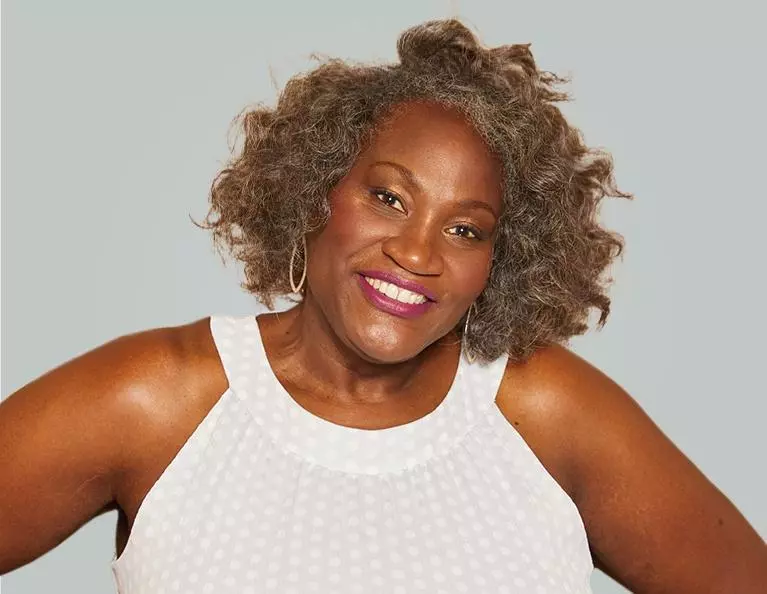You might recognize the word dermatitis, a term used to describe a skin irritation. There are several types of dermatitis, one of which is known as seborrheic dermatitis. That’s what we are going to find out more about in this article.
The first thing to know is that while seborrheic dermatitis can crop up anywhere on the body, it usually affects the scalp. Chances are you’ve heard of it before… albeit described as cradle cap. That’s the term given to it when it occurs in babies. In that instance, it usually resolves without treatment.
But what about instances of seborrheic dermatitis in adults?
What Does Seborrheic Dermatitis Look Like?
The condition causes scales to occur on the scalp, and these can flake off. The affected areas can become red. In some cases, it can occur in other areas too, including the eyebrows. The skin typically becomes itchy too. The condition is potentially caused by the body overreacting to Malassezia yeast. It tends to affect parts of the body that are oilier than others. Some people are affected by it at the sides of their nose, for instance.
It affects more men than women, and it’s possible to have it quite mildly. Indeed, some people may not even realize they have it. In other cases, people may simply assume they have dandruff. This is a mild version of the condition, which can be treated with an anti-dandruff shampoo and conditioner.
Does Seborrheic Dermatitis Cause Hair Loss?
Fortunately, the condition doesn’t typically lead to hair loss, so there is no need to search for hair loss solutions to help matters improve. However, the itchiness associated with the condition can cause issues. For example, if your scalp is itchy and you start scratching it, it could lead to more flakes coming off and even cause bleeding. Obviously, you won’t want that if you are trying to maintain your hairstyle and appearance.
This means it is a good idea to use an anti-dandruff shampoo that includes ingredients designed to combat the condition. Your healthcare provider may be able to recommend something for you, or you can try a shampoo that contains ketoconazole or salicylic acid. Coal tar shampoo is often worth trying too, and none of these require a prescription.
By using an appropriate shampoo and conditioner designed to help combat the condition, you should find you do not experience as much itchiness of your scalp. This will help protect your hair follicles from damage caused by scratching.
Is There Anything Else You Can Do to Reduce the Symptoms?
Regular and targeted hair care, as described above, can certainly help reduce the symptoms associated with seborrheic dermatitis. However, you may also want to focus on your lifestyle.
Having a suppressed immune system can raise the risk of developing the condition. This means that individuals with an illness that affects their immune system have a higher risk of developing it. Similarly, if you’re not well or working hard and feel run down, you’ll raise your risk of seborrheic dermatitis then too. These scenarios can also influence the severity of your symptoms if you already have the condition.
There’s no cure for seborrheic dermatitis, so it’s a question of managing your symptoms. Try and reduce stress if you can, and regularly use an appropriate shampoo and conditioner to help reduce the symptoms. Even something like getting a good night’s sleep can help, as it will make you feel better in yourself and reduce your stress levels. A hair professional can also recommend a suitable haircare routine that should help.
For more information on treating seborrheic dermatitis, contact the team at Unique Hair Concepts to schedule an in-person hair and scalp analysis.






